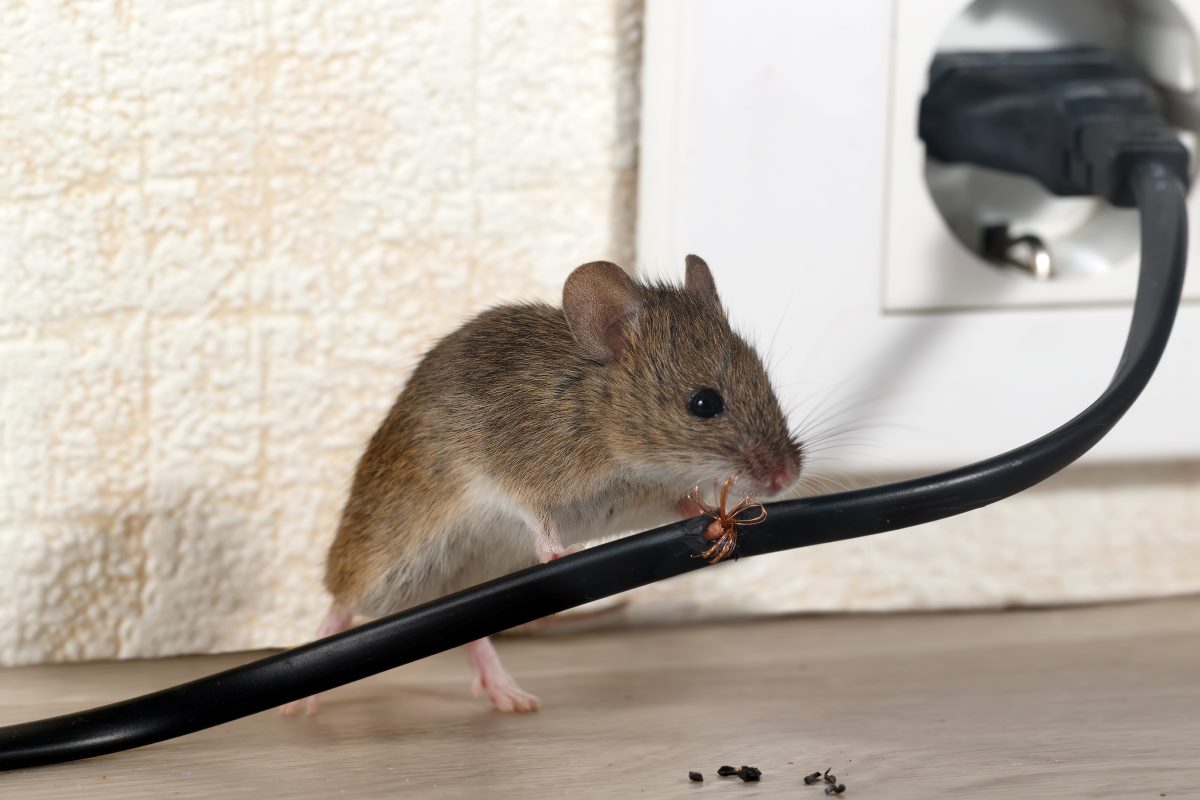Cloud-Connected Pest Control: A Modern Solution for Your Home
Share
In our ever-evolving world, technological advancements are continually reshaping traditional industries, and pest control is no exception. The concept of cloud-connected pest control is revolutionizing how we manage unwanted pests, making it more efficient, precise, and environmentally friendly. This article delves into the intricate workings of this technology and why it's becoming an essential tool for homeowners and businesses alike.

Understanding Cloud-Connected Pest Control
At its core, cloud-connected pest control involves utilizing the power of the cloud to monitor and manage pest activity in real-time. This innovative approach employs a variety of sensors and devices strategically placed in areas prone to pest infestations. These devices gather data continuously, which is then sent to the cloud for analysis.
The beauty of this system lies in its ability to provide real-time alerts and insights. By harnessing the power of the cloud, these systems can quickly identify trends, predict potential infestations, and suggest timely interventions. This proactive approach not only helps in mitigating pest issues before they escalate but also reduces the need for excessive pesticide use, which is beneficial for the environment.
How Does It Work?
The process begins with the installation of smart sensors in key areas. These sensors are designed to detect specific types of pests, such as rodents or insects. Once a pest is detected, the sensor sends data to the cloud, where advanced algorithms analyze the information. This analysis includes identifying the type of pest, the time of detection, and the frequency of activity.
For instance, in a recent study on rodent control in food processing plants, cloud-connected pest control systems were able to detect rodent activity at an early stage, allowing for immediate intervention. Such timely actions prevent the pests from causing significant damage and help in maintaining hygiene standards.
Benefits of Cloud-Connected Pest Control
1. Enhanced Precision and Efficiency
Traditional pest control methods often rely on periodic inspections and manual interventions, which can be both time-consuming and inefficient. In contrast, cloud-connected systems provide continuous monitoring, ensuring that no pest activity goes unnoticed. This level of precision allows for targeted treatments, reducing both time and resources spent on pest management.
2. Environmentally Friendly
By minimizing the use of chemical pesticides, cloud-connected pest control offers a more sustainable approach to pest management. This method not only protects the environment but also ensures the safety of humans and pets. For example, [effective pest control practices](https://www.food-safety.com/articles/3814-effective-pest-control-the-essentials-for-food-processing-plants-and-warehouses) emphasize the importance of reducing chemical usage, aligning with the goals of cloud-connected systems.
3. Cost-Effective
While the initial setup of a cloud-connected system may seem expensive, the long-term savings outweigh the upfront costs. Reduced pesticide usage, fewer infestations, and minimal damage to property result in significant financial savings over time. Additionally, many systems offer subscription-based models, allowing homeowners to choose plans that suit their budgets.
Real-World Applications
Cloud-connected pest control is not just limited to residential properties. Its applications extend to various sectors, including agriculture, food processing, and warehousing. For instance, in warehouses, these systems help in maintaining inventory integrity by preventing pest-related damages. Similarly, in agriculture, they assist in protecting crops from pests, ensuring better yield and quality.
Challenges and Considerations
Despite its numerous benefits, cloud-connected pest control is not without challenges. Privacy concerns, data security, and the reliability of cloud services are some of the issues that need to be addressed. Additionally, the effectiveness of the system relies on the proper placement and maintenance of sensors. Users must ensure that devices are functioning correctly and data is being accurately transmitted to the cloud.
Furthermore, while the technology is advancing rapidly, it's essential for users to stay updated with the latest developments and upgrades. Regular training and consultation with experts can help in maximizing the benefits of cloud-connected systems.
Conclusion
The advent of cloud-connected pest control marks a significant leap forward in pest management technology. It offers a smarter, more efficient, and eco-friendly alternative to traditional methods. As technology continues to evolve, we can expect even more sophisticated solutions that will further refine how we deal with pests.
For those interested in adopting this technology, consulting with professionals and staying informed about the latest trends is crucial. Whether you're a homeowner or a business owner, cloud-connected pest control can provide peace of mind by ensuring a pest-free environment.

Frequently Asked Questions
1. What is cloud-connected pest control?
Cloud-connected pest control involves using smart sensors and cloud technology to monitor and manage pest activity in real-time. It offers a proactive approach to pest management, reducing the need for chemical pesticides.
2. How does it benefit the environment?
By minimizing the use of chemical pesticides, cloud-connected systems help protect the environment. They provide targeted interventions, reducing the overall use of harmful substances.
3. Is it cost-effective?
Yes, although the initial setup may be costly, the long-term savings from reduced pesticide use and damage control make it a cost-effective solution.
This article contains affiliate links. We may earn a commission at no extra cost to you.
